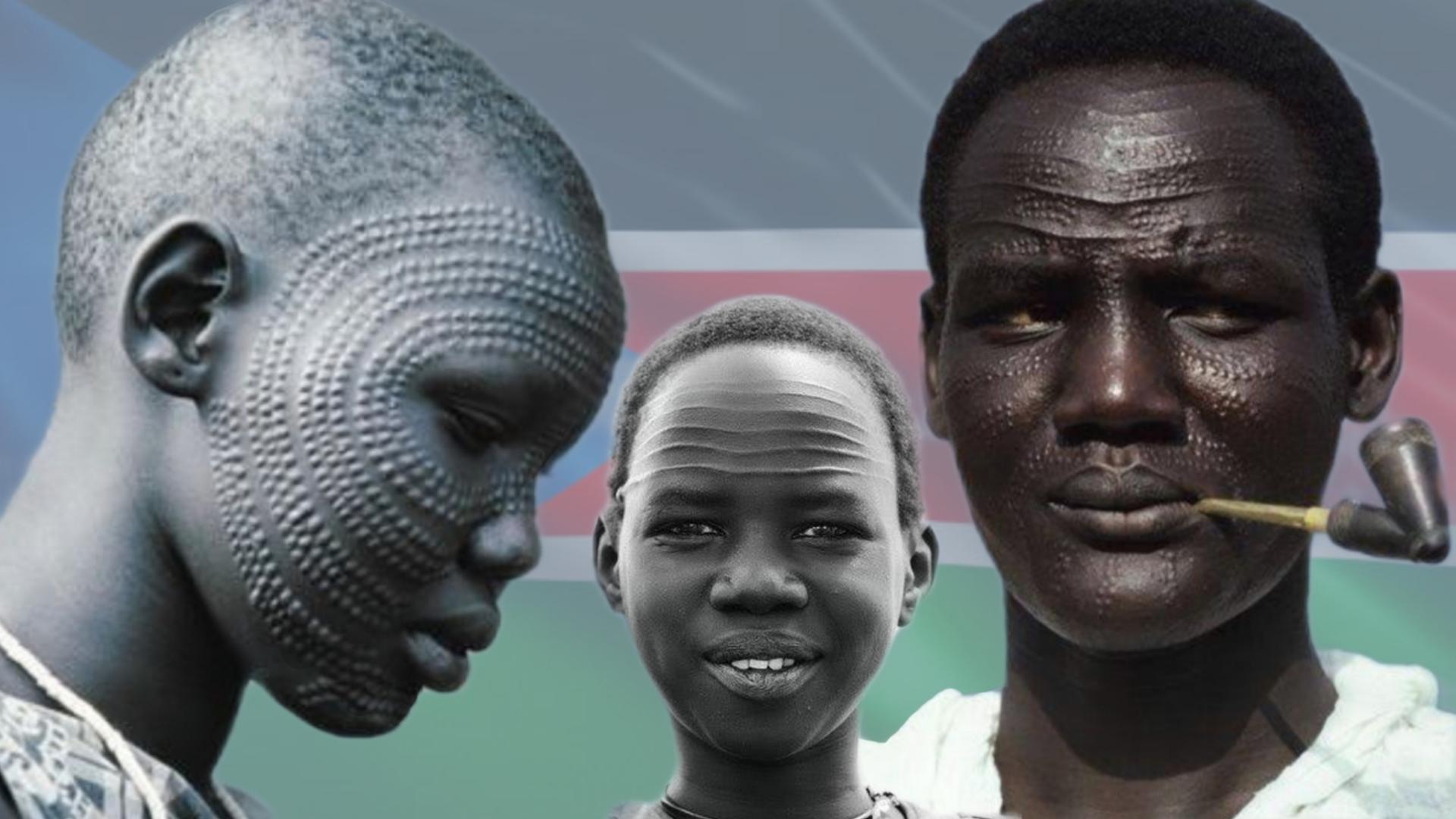The Nuer also called Naath are a Nilotic ethnic group who live primarily in South Sudan’s Greater Upper Nile region. They also have sizeable population in the Gambella region of Ethiopia. Nuer people speak the Nuer language, which is part of the Nilotic language family.
The Nuer are South Sudan’s second largest ethnic group. The Nuer are pastoralists who make a living by herding cattle. Their cattle are friends and describe their way of life. The Nuer refer to themselves as “Naath.”
Because of their semi-nomadic lifestyle, the Nuer have traditionally been undercounted. They still have a tradition of only counting the older members of the family. The Nuer, for example, assume that counting the number of children one has will lead to misfortune and tend to report having less children than they do. Their Ethiopian counterparts are the Horn peninsula’s westernmost Horners.
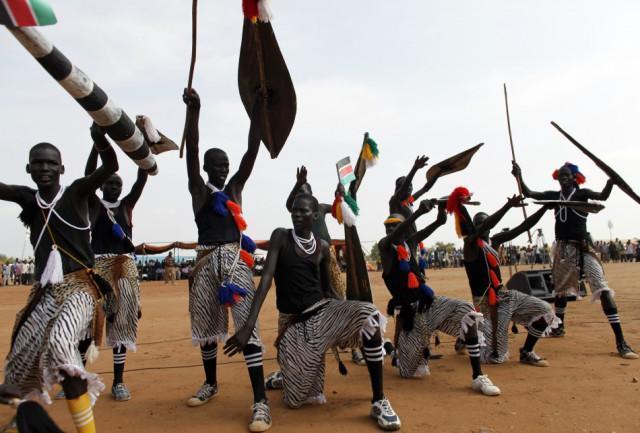
History and Origin
The Nuer are said to have emerged as a branch of the Dinka people who migrated south from the Gezira into a barren dry land known as “Kwer Kwong” in southern Kordofan. Centuries of separation and influence from Luo peoples culminated in them becoming an ethnic group different from the Dinka.
The arrival of Bagarra Arabs and subsequent slave raids in the late 1700s prompted a mass migration of Nuer from southern Kordofan into what is now Bentiu. Further slave raids, flooding, and overpopulation forced them to move even further out of Bentiu and eastwards all the way into Ethiopia’s western outskirts, displacing and absorbing many Dinka, Anyuak, and Burun in the process.
The British invasion in the nineteenth century effectively stopped the Nuers’ rapid territorial expansion against the Dinka and Anyuak.
There are numerous accounts of how the dispute between South Sudan’s two main ethnic groups, the Nuer and the Dinka, started. According to anthropologist Peter J. Newcomer, the Nuer are simply Dinka. He believes that hundreds of years of population increase culminated in expansion, which led to raids and wars.
The Nuer were the tribe that opposed disarmament the most strongly in 2006; members of the Nuer White Army, a group of armed youths frequently independent of tribal elders’ authority, refused to lay down their guns, prompting SPLA soldiers to confiscate Nuer cattle, damaging their economy.
The White Army was eventually defeated in mid-2006, but a successor group calling itself the White Army emerged in 2011 to combat the Murle and Dinka tribes.
Nuer Culture
Cattle have traditionally held the most symbolic, religious, and economic importance for the Nuer. According to Sharon Hutchinson, “among Nuer people, the distinction between people and cattle was constantly underplayed.” Cattle play an especially important role as bride wealth, where they are passed down from a husband’s lineage to his wife’s lineage.
This cattle exchange ensures that the children are deemed to be of the husband’s lineage. This concept of kinship and descent by cattle exchange underpins the traditional Nuer institution of ghost marriage, in which a man can “father” children after his death. Cattle given over to the wife’s patrilineage, in turn, allow the patrilineage’s male children to marry, ensuring the continuity of her patrilineage.
An infertile woman can also take her own wife, whose children, biologically fathered by men from other unions, become members of her patrilineage, and she is legally and culturally their father, enabling her to engage in reproduction metaphorically.
Cattle
Nuer life revolves around cattle, which has led to them becoming pastoralists, but they are also known to engage in horticulture on occasion, especially when their cattle are threatened by disease. Due to the seasonal harsh weather, the Nuer travel around to ensure the safety of their lives. They prefer to fly when heavy rains arrive to protect the cattle from hoof disease and when cattle resources are scarce.
E. E. Evans-Pritchard, a British anthropologist, wrote, “They depend on the herds for their very existence…
Cattle run through Nuer structures, language, rites of passage, governance, economy, and allegiances.”
The Nuer are able to build their entire community around cattle while still having everything they require. Prior to growth, the Nuer exploited every piece of cattle available to them. Cattle, according to Evans-Pritchard, helped shape the Nuer community into what it is today. They influenced the Nuer’s daily tasks as they dedicated themselves to cattle protection. For example, they blow air into their cattle’s rectums once a month to relieve or prevent constipation.
Cattle that are constipated are no good to the Nuer because they are unable to provide the primary resources that families need to survive. “The importance of cattle in Nuer life and thinking is further exemplified in personal names,” Evans-Pritchard wrote. They name their children after biological characteristics of cattle.
“I have already suggested that this obsession—for such it seems to an outsider is due not only to the great economic value of cattle but also to the fact that they are links in various social relationships,” Evans-Pritchard wrote. Cattle have all of their raw materials, including drums, rugs, clothes, spears, shields, containers, and leather goods. Even everyday needs including toothpaste and mouthwash are made from cattle dung and urine.
The dung is broken into pieces and left to harden before being used for containers, toothpaste, or even to protect the cattle themselves by burning it to create more smoke, which keeps insects away and prevents disease.
The Nuer never eat cattle just because they want to. Cattle are very sacred to them, because when they eat cattle, they honor the ghost of the animal. They usually only feed cattle that are nearing the end of their lives or are dying as a result of disease. And if they do, they all join together to perform ceremonies, dances, or songs before and after the cattle are slaughtered. They never slaughter cattle just for the sake of killing them.” Nuer never kill animals purely for the purpose of consuming meat.
There is a risk that the ox’s spirit would curse anyone who slaughters it without ritual purpose, just to use it for food. Any animal that dies naturally is eaten “.. Many times, it is not just cattle that they consume; it may be any animal that has died due to natural causes that they have scavenged upon. There are a few other food sources suitable for Nuer consumption.
The Nuer diet consists primarily of fish and millet. “Millet is their main crop.” Millet is traditionally eaten as porridge or beer. When the Nuer move their cattle to higher ground during rainy seasons, they turn to this staple product. They will also switch to millet if their cattle are doing well enough to sustain their families.
Kinship
Parents and siblings are not called mar (blood relatives) kin to a Nuer person. He never refers to them as family. They are gol to him, which is much more personal and meaningful. In Nuer culture, there are different levels of kinship. Those types are dependent on the payment made to them. There is a harmony between the mother and father’s sides, which is recognized by formal events such as marriage.
Nuer girls usually marry when they are 17 or 18. When a young girl becomes engaged at a young age, the wedding and consummation ceremonies are practically postponed. When a girl is mature enough to bear children, she usually gives birth to her first child. If a girl marries a man who owns cattle, she is free to choose her husband; however, her parents may choose a spouse for her.
Roles of Kinship
Kinship is very significant to the Nuer, and they refer to their blood relatives as “gol.” Kinship among the Nuer is created by one’s neighbors or by one’s entire community. During his ethnographic observation, E.E.Evans-Pritchard defined the position of kinship as follows: “Kinship responsibilities include caring for the children of one’s kin and neighbors.” “The network of kinship relations that connects members of local communities is brought about by the action of exogamous rules, often specified in terms of cattle,” he added.
This is never assumed to be exclusively the responsibility of the child’s parents.”
Cattle are judged based on how much milk they can make, which is a requirement in their community. If at all possible, they convert the surplus milk into cheese. However, if a family’s herd is unable to produce the amount of milk needed, they must rely on others in their community to meet their needs. It is viewed as their duty to step in and assist the family because it is not their fault how much their cattle will make.
As Evans-Pritchard observed, “When one household has a surplus, it is shared with neighbors.” The aim is not to amass money. While a man with a large herd of cattle can be envied, his ownership of multiple animals does not confer any special privileges or care.”
There is no special consideration for how one is handled in this tribe because of their wealth of cattle. Just because one has more cattle than another does not indicate that they are more prestigious. If one has more than enough to provide for themselves, they also provide for other kin who are in need as part of their kinship position.
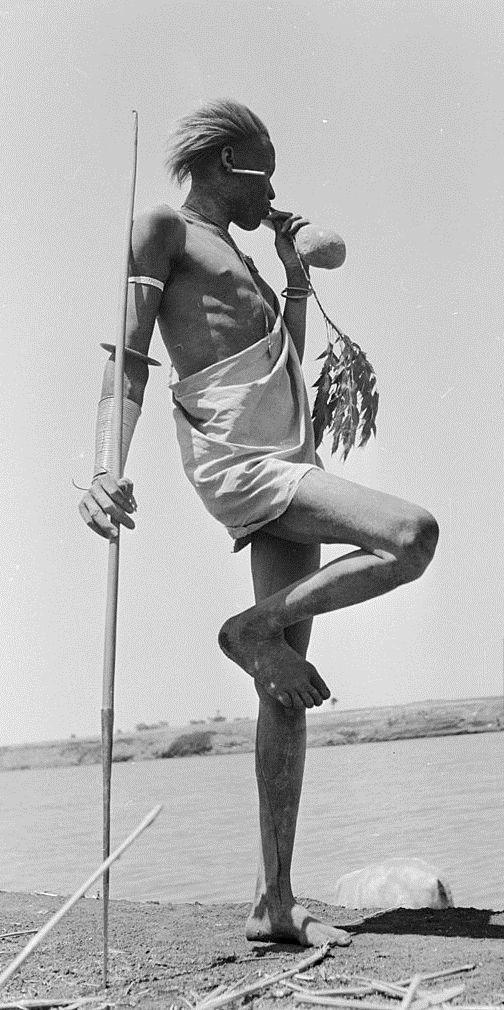
Religion
E. E. Evans-Pritchard researched the Nuer and maintained careful records of his experiences with them. In his novels, he also discusses Nuer cosmology and religion.
According to Nuer Online, “The Nuer (Nuäär) believe that God is the spirit of the sky or the spirit who is in the sky” Kuoth Nhial” (God in Heaven) the creator, but the Nuer believe that God comes to them through rain, lightning, and thunder, and that the rainbow is God’s necklace. The sun and moon, as well as other physical beings, are manifestations or signs of God, who is, after all, a spirit.
The spirits of the air above are considered to be the most powerful of the lesser spirits, but there are also spirits associated with clan-spears’ names, such as WiW, a spirit of war associated with thunder. When a man or woman dies, the body, spirit, and soul separate, according to Nuers.
The flesh is given to the earth, while the air or life is returned to Heaven (Kuoth). The spirit, which represents human individuality and personality, lives on as a shadow or reflection and travels to the place of the ghosts with the sacrificed ox “..
Missionaries started attempting to evangelize the Nuer in the 1940s. The book of Genesis was translated and published in 1954, followed by the entire New Testament in 1968. By the 1970s, nearly 200 Nuer congregations had been founded. However, according to reports, only about 1% of Nuer identify as Christian.
Role of Cattle
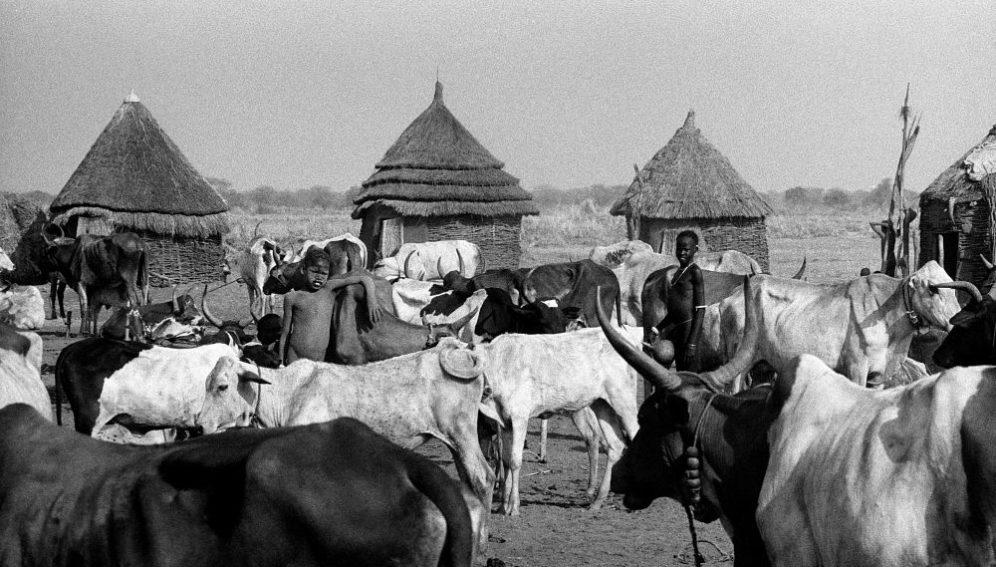
Sharon Hutchinson returned to Nuerland in the 1990s to update E.E. Evans-account. Pritchard’s She discovered that the Nuer had put strict limits on the convertibility of money and cattle in order to maintain cattle’s special status as artifacts of bride wealth exchange and as divine mediators. She also discovered that, as a result of endemic warfare with the Sudanese state, guns had taken on much of the symbolic and ceremonial significance that cattle had previously carried.
Language
The people speak the Nuer language / Thoknath, which is part of the Nilo-Saharan language phylum.
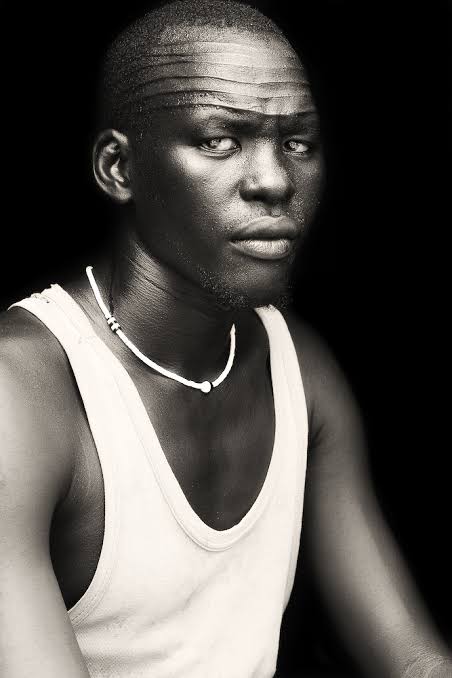
Ritual
As part of their initiation into adulthood, the Nuer acquire facial markings (called gaar). The pattern of Nuer scarification differs between subgroups. The most popular male initiation pattern consists of six parallel horizontal lines cut across the forehead with a razor, often with a dip in the lines above the nose. Dotted patterns are also common (especially among the Bul Nuer and among females).
After being assimilated or partly assimilated in other ethnic groups, some Nuer have begun to practice circumcision. The Nuer are not known to circumcise, although they do sometimes circumcise people who have engaged in incest.
Beef, goat, cow’s milk, mangos, and sorghum in three forms: “kop” finely ground, handled until balled and boiled, “walwal” ground, lightly balled, and boiled to a solid porridge, and injera / Ytyt, a big, pancake-like yeast-risen flatbread.
In the early 1990s, about 25,000 African refugees were resettled in the United States, mostly in South Dakota, Tennessee, and Minnesota. Between 1990 and 1997, 4,288 Sudanese refugees were resettled in 36 different states, with Texas having the highest number at 17 percent of the Sudanese refugee population.
The Nuer refugees in the United States and those in Africa continue to fulfill their social duties to one another. In order to remain linked to their families in Africa, they use a range of methods ranging from letters to modern technologically advanced communication methods. Nuer in the United States support family members with their documentation in order to encourage their relocation to the United States. Furthermore, Nuer in the United States meet family duties by sending money to those who live in Africa.
Naming conventions
The standard prefix for female names is (Nya) Nyada, which means “daughter of all females begin with (Nya) of.” Gat, which means “son of,” is a common prefix for male names.
Children’s names are sometimes given to commemorate historical events (“Dmaac” meaning “bullet,” or Mac meaning “fire or gun” given to a child born during times of war or from another man in the name of the deceased father who legally married the mother).
Nhial means “sky” and is a common name for both boys and girls.
Many Nuer have been exposed to missionaries and have Christian names. Their second name is always a given name in Nuer. Following the child’s given name comes the father’s given name, which is then followed by the grandfather’s name, and so on. Since they bear those names, several Nuer can quickly recount ten generations of paternal ancestry.
When a Nuer travels to the Western world and requires a first and last name, it is customary for them to use their own name as their first name, their father’s name as their middle name, and their grandfather’s name as their last name.
Following the civil war, the Nuer started to adopt cash currency into their economy, altering the dynamics of their cattle and how they were perceived. Each type of cattle is named after the method by which it was obtained, such as “the cattle of money” (purchased with cash currency) and “the cattle of girls/daughters” (bridewealth).
The majority of Nuer people are named after their cattle. The boys generally named their favorite cattle after the shape and color of the ox. The cows that the girls milk are named after them. Cow names are often passed down by families.
 The African History Truly African
The African History Truly African
